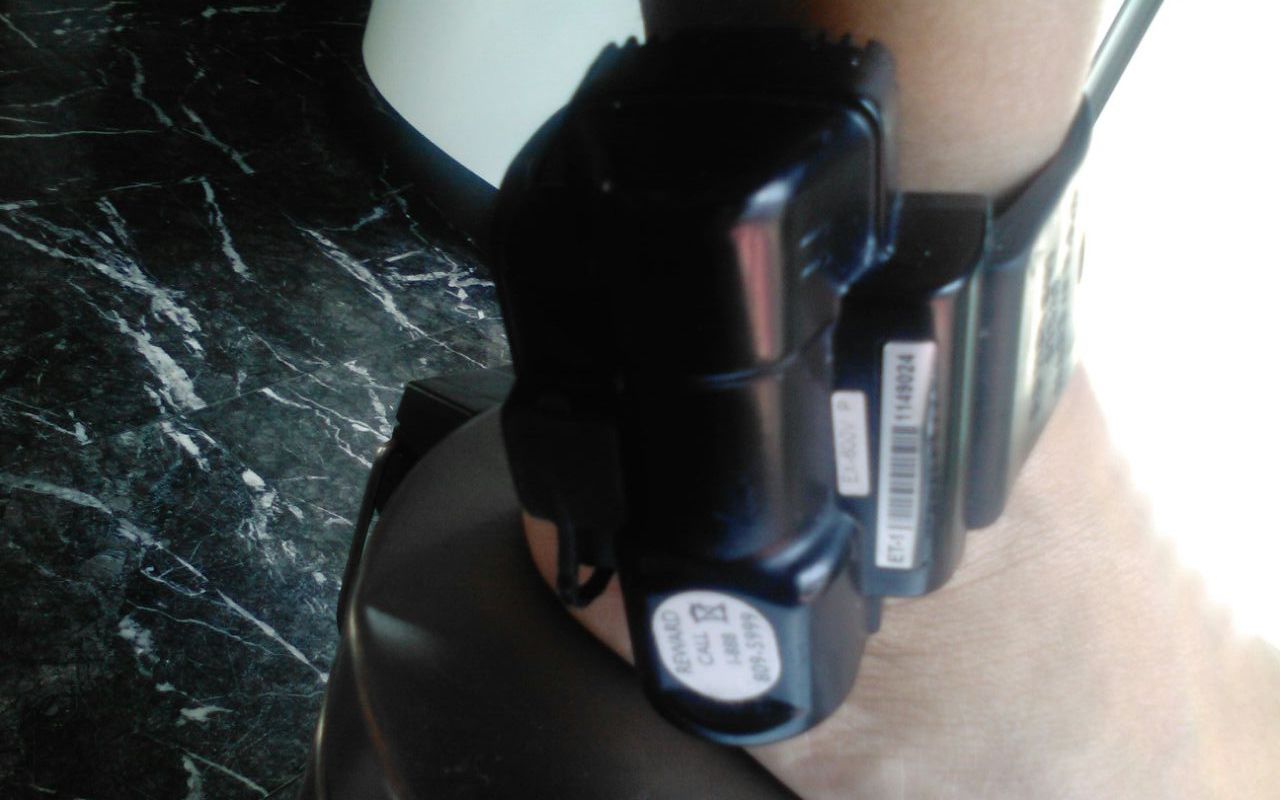Objective:
You will be able to will summarize the text and create an argument using details from the text.
Warm Up:
1) Your teacher will divide you into groups. Each group will be assigned to discuss one of the pictures below:

Image by Sean King. London, 2006.

Image by Hans Braxmeier. Germany, 2014.
2) Use the following questions to guide your discussion:
- What is the person person wearing? What do you notice about this person’s appearance?
- What can you imagine about the person and her life based on the image? Why?
- How could you describe this person using three adjectives? Pick 1-3 aspects of the picture to support your descriptions.
3) Share your ideas with the rest of the class and then discuss the following :
-
How does what a person wears influence how that person is perceived?
-
What might you be able to tell about a person by what they wear? How do the clothes a person wears influence your impression of that person?
Introducing the lesson:

Image by Emily Gogolak. New York, 2015.
1) Examine the picture above and prepare to discuss the following:
- What is the person wearing?
- What might you learn about this person based what they are wearing?
2) The person above is wearing an ankle monitor, which is a device worn around the ankle that sends a radio frequency signal containing location and other information to a receiver. If the wearer moves outside of an allowed range, the authorities will be notified. Ankle monitors are designed to be tamper-resistant and can alert authorities to removal attempts.
3) Discuss the questions below with the class:
- What do you know about ankle monitors?
- Where have you seen them?
- Who do you usually see wearing these and why?
4) Observe the image below and consider the following:
- Using details from the image, what predictions can you make about this person?
- Why do you think this person is wearing an ankle monitor?

Image by Armando Trull. DC, 2014.
Introducing the resource:
1) Your teacher will now tell you more about the woman pictured above. (Teachers, information about the subject of the image above is available in the "Educator Notes.")
2) Read Ankle Monitors Weigh on Immigrant Mothers Released from Detention.
3) As you read, answer the questions attached. Be prepared to share your responses with the class.
Discussion:
In small groups, or with the entire class, discuss the following:
1) What details are sticking out to you from the reporting? What do you think is the main idea of the article?
2) Why do you think the subjects of the reporting call refer to the ankle bracelets as shackles?
3) Is the use of ankle bracelets to monitor undocumented immigrants in the United States better than the use of detention centers? Why or why not? Use details from the text to support your argument.
Extension Activity:
1) Write a persuasive paragraph for or against the use of ankle bracelets to monitor undocumented immigrants in the United States. Be sure to include details from the article to support your argument. Consider the following as you write:
-
Are the ankle bracelets an improvement upon the detention centers?
-
How are the ankle bracelets providing freedom? How are they limiting freedom?
This lesson is aligned with the following Common Core standards listed below. Also included below are tips for facilitation of the lesson to students in grades 6-11.
1) CCSS.ELA-LITERACY.RH.11-12.2: Determine the central ideas or information of a primary or secondary source; provide an accurate summary that makes clear the relationships among the key details and ideas.
2) CCSS.ELA-LITERACY.W.8.1: Write arguments to support claims with clear reasons and relevant evidence.
Introducing the resource:
In this section, students are included to make predictions based on an image of a woman wearing an ankle bracelet. After allowing a few students to share their guesses, reveal the following information to students about the subject of the image:
Her name is Jennifer and she is an undocumented immigrant, which means she did not receive permission from the government to come to the United States. She came to the United States with her young son and must wear an ankle bracelet to ensure she does not flee possible deportation, which would send her back to her home country.



